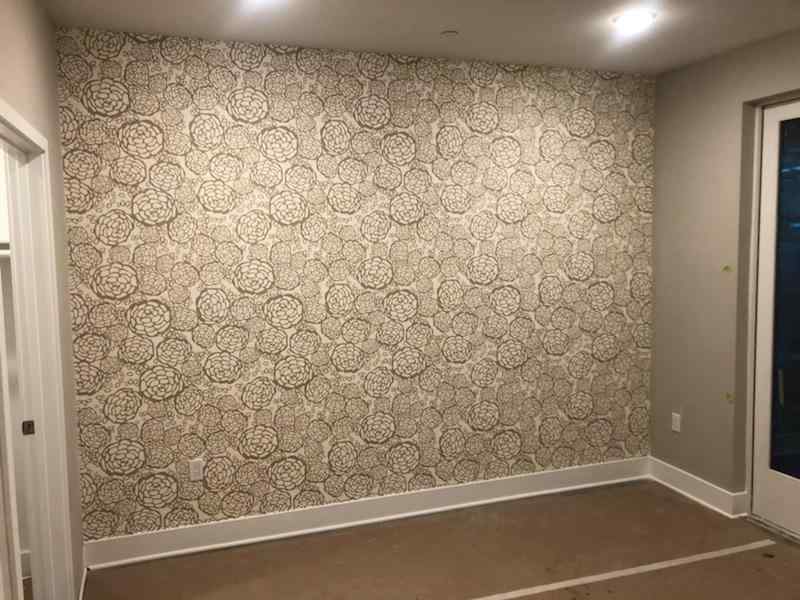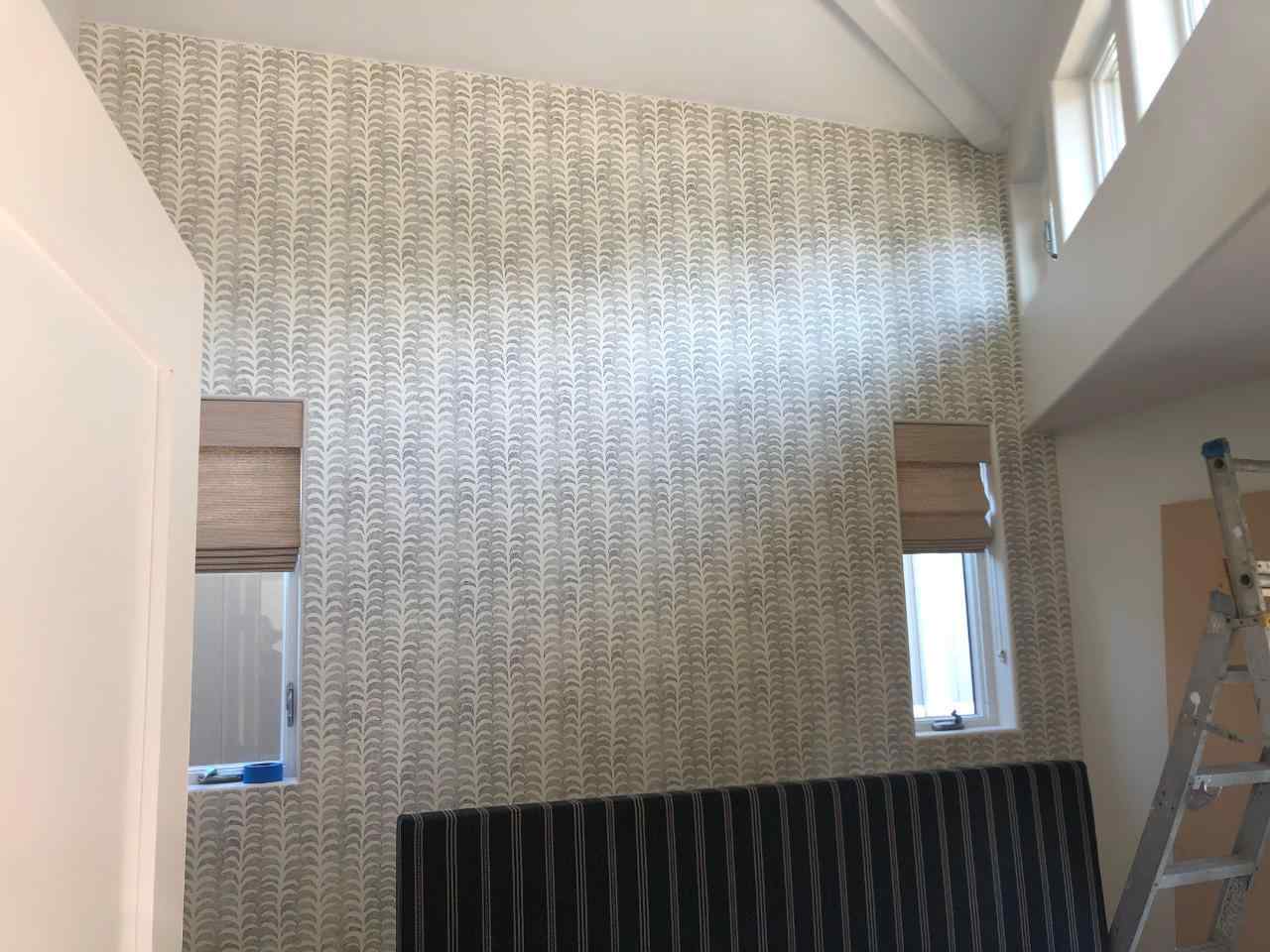Schenectady New York Wallpaper Store Near Me
Schenectady New York History & Facts
Schenectady is a city in Schenectady County, New York, United States, of which it is the county seat. As of the 2020 census, the city's population of 67,047 made it the state's ninth-largest city by population.The city is in eastern New York, near the confluence of the Mohawk and Hudson rivers. It is in the same metropolitan area as the state capital, Albany, which is about 15 miles (24 km) southeast.
Schenectady was founded on the south side of the Mohawk River by Dutch colonists in the 17th century, many of whom came from the Albany area. The name "Schenectady" is derived from the Mohawk word skahnéhtati, meaning "beyond the pines" and used for the area around Albany, New York.Residents of the new village developed farms on strip plots along the river. Connected to the west by the Mohawk River and Erie Canal, Schenectady developed rapidly in the 19th century as part of the Mohawk Valley trade, manufacturing, and transportation corridor. By 1824, more people worked in manufacturing than agriculture or trade; like many New York cities, it had a cotton mill that processed cotton from the Deep South. In the 19th century, nationally influential companies and industries developed in Schenectady, including General Electric and American Locomotive Company (ALCO), which were powers into the mid-20th century. Schenectady was part of emerging technologies, with GE collaborating in the production of nuclear-powered submarines and, in the 21st century, working on other forms of renewable energy.

When first encountered by Europeans, the Mohawk Valley was the territory of the Mohawk nation, one of the Five Nations of the Iroquois Confederacy, or Haudenosaunee. They had occupied territory in the region since at least 1100 AD. Starting in the early 1600s the Mohawk moved their settlements closer to the river and by 1629, they had also taken over territories on the Hudson River's west bank that were formerly held by the Algonquian-speaking Mahican people.
Perspective map of Schenectady from 1882
In the 1640s, the Mohawk had three major villages, all on the Mohawk River's south side. The easternmost one was Ossernenon, about 9 miles west of present-day Auriesville, New York. When Dutch settlers developed Fort Orange (present-day Albany, New York) in the Hudson Valley beginning in 1614, the Mohawk called their settlement skahnéhtati, meaning "beyond the pines," referring to a large area of pine barrens between the Mohawk settlements and the Hudson River. About 3,200 acres of this unique ecosystem are now protected as the Albany Pine Bush. Eventually, this word entered the lexicon of the Dutch settlers. The settlers in Fort Orange used skahnéhtati to refer to the new village at the Mohawk flats (see below), which became known as Schenectady (with a variety of spellings).
It was not until after the Revolutionary War that the village residents reduced the power of the descendants of the early trustees and gained representative government. The settlement was chartered as a city in 1798. Long interested in supporting higher education and morals, the members of the city's three oldest churches—the Dutch First Reformed Church, St. Georges Episcopal Church, and First Presbyterian Church—formed a "union" and founded Union College in 1795 under a charter from the state. The school had started in 1785 as Schenectady Academy. This founding was part of the expansion of higher education in upstate New York in the postwar years.
During this period, migrants poured into upstate and western New York from New England, but there were also new immigrants from England and Europe. Many traveled west along the Mohawk River, settling in the western part of the state, where they developed more agriculture on former Iroquois lands. A dairy industry developed in the central part of the state. New settlers were predominantly of English and Scotch-Irish descent. In 1819, Schenectady suffered a fire that destroyed more than 170 buildings and most of its historic, distinctive Dutch-style architecture.
New York had passed a law for gradual abolition of slavery in 1799, however in 1824 there were still a total of 102 slaves in Schenectady County with nearly half residing in the city. That year the city of Schenectady had a total population of 3939, which included 240 free blacks, 47 slaves, and 91 foreigners.
In the 19th century, after completion of the Erie Canal in 1825, Schenectady became an important transportation, manufacturing and trade center. By 1824 more of its population worked in manufacturing than agriculture or trade. Among the industries was a cotton mill, which processed cotton from the Deep South. It was one of many such mills in upstate whose products were part of the exports shipped out of New York City. The city and state had many economic ties to the South at the same time that some residents became active in the abolitionist movement.
Famous Peoples From Schenectady New York
Ed Limato
He was born in Schenectady, New York on September 1, 1806.He was the brother-in-law of Joseph Henry, the first secretary of the Smithsonian, and worked closely with him.His education was obtained at Union College, were graduated in 1824, and at Princeton Theological Seminary, were graduated in 1832.

He became a tutor in mathematics at Princeton University in 1832; he would later become professor of astronomy and mathematics and advocate for the construction of Princeton's first observatory.Alexander relied on the assistance of a free African American man named Alfred Scudder, who worked for him at Princeton during the 1850s.Because of his role as Alexander's assistant on campus, Scudder received the nickname "Assistant Professor of Natural Philosophy" from students.
We also serve New York City.
Contact Us
PD&G Wallcover Inc.
Call Us: 949-487-9261
Email: deb@pdgwallcover.com
Commercial Wallcovering & Installation

Commercial Wallcovering is not simply creating pleasing aesthetics. Paint also provides a protective finish...
Residential Wallcovering & Installation

We offer proffessional wallpapering services for residential homes. Deb is available to help you purchase...
Contact Us
PD&G Wallcover Inc.
Call Us: 949-487-9261
Email: deb@pdgwallcover.com
Why Us
- Dependable services
- 25 + years Experience
- FREE wallcovering consultations
- Free estimates
- Extremely Professional
- Friendly customer service
- Competitive Pricing
- Most reliable
- Wallpaper Simulator
Contact Us
PD&G Wallcover Inc.
Call Us: 949-487-9261
Email: deb@pdgwallcover.com







